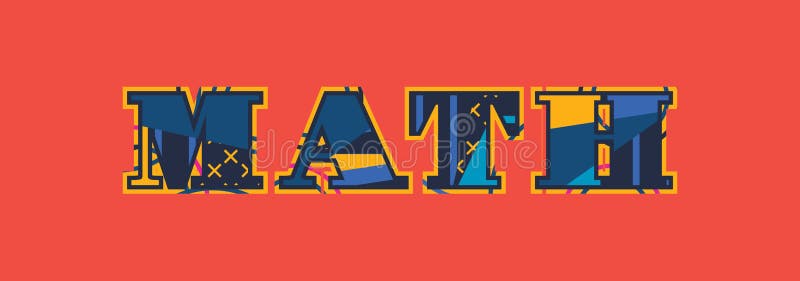


These new categories, called infinity categories (∞-categories), broaden category theory to infinite dimensions. In the past few decades many other researchers and I have been working on an extension of category theory to make sense of this new expanded notion of uniqueness. Through category theory, we teach young mathematicians the latest ideas by using general rules that apply broadly to categories across mathematics rather than drilling down to individual laws that apply only in a single area.Īs mathematics continues to evolve, mathematicians’ sense of when two things are “the same” has expanded.

Category theory is a branch of mathematics that explains how distinct mathematical objects can be considered “the same.” Its fundamental theorem tells us that any mathematical object, no matter how complex, is entirely determined by its relationships to similar objects. Part of the answer has to do with recent developments in mathematics that provide a “birds-eye view” of the field through ever increasing levels of abstraction. How is it that mathematicians can quickly teach every new generation of undergraduates discoveries that astonished the previous generation’s experts? Instead he claimed that my education had left me closed-minded and unable to “think outside the box.” Eventually my girlfriend managed to extricate me from the argument, and we continued on our way.īut an interesting question remains: How was I, a still-wet-behind-the-ears undergraduate in my third year of university study, able to learn to comfortably manipulate abstract number systems such as Galois’s fields in just a few short weeks? This material came at the end of a course filled with symmetry groups, polynomial rings and related treasures that would have blown the minds of mathematical giants such as Isaac Newton, Gottfried Leibniz, Leonhard Euler and Carl Friedrich Gauss. Predictably, my attempt to explain how I knew his problem could not be solved did not really go anywhere. In contrast, the point ∛2 is a solution to the cubic polynomial x 3 − 2 = 0, and Galois’s theory of “field extensions” proves decisively that you can never get the solution to an irreducible cubic polynomial by solving quadratic equations, essentially because no power of 2 evenly divides the number 3.Īrmed with these facts, I could not restrain myself from engaging with the man on the street. Wantzel showed that if one uses only these tools, each newly constructed point must be a solution to a quadratic polynomial equation ax 2 + bx + c = 0 whose coefficients a, b and c are among the previously constructed points. Here is the idea: Given a point as the origin and a length of distance 1, it is relatively straightforward to use the straightedge and compass to construct all points on a number line whose coordinates are rational numbers (ignoring, as mathematicians tend to do, the impossibility of actually plotting infinitely many points in only a finite amount of time). At the ripe old age of 20 myself, I had achieved considerably less impressive mathematical accomplishments, but I at least understood Wantzel’s proof. His proof used cutting-edge mathematics of the time, the foundations of which were laid by his French contemporary Évariste Galois, who died at 20 in a duel that may have involved an unhappy love affair. Finally, in 1837, Pierre Laurent Wantzel explained why no one had succeeded by proving that it was impossible. For more than 2,000 years no one managed to solve it. To construct the larger cube, you have to figure out a way to draw one of its sides with the new required length, which is ∛2 (the cube root of two), using just the straightedge and compass as tools. Here that value might as well be 1 because it is the only unit of measurement given. To double a cube’s volume, you start with its side length. The catch for this particular puzzle is that any points or lengths appearing in the final drawing must have been either present at the start or constructable from previously provided information. A straightedge can be used to extend a line segment in any direction, and a compass can be used to draw a circle with any radius from the chosen center. In fact, the challenge is more than two millennia old, attributed to Plato by way of Plutarch. A man was standing near a few brainteasers he had scribbled on the wall, one of which asked for the construction, with an imaginary straightedge and compass, of a cube with a volume twice that of a different, given cube. On a crisp fall New England day during my junior year of college, I was walking past a subway entrance when a math problem caught my eye.


 0 kommentar(er)
0 kommentar(er)
